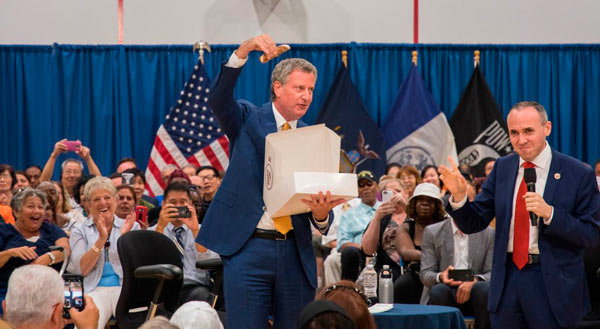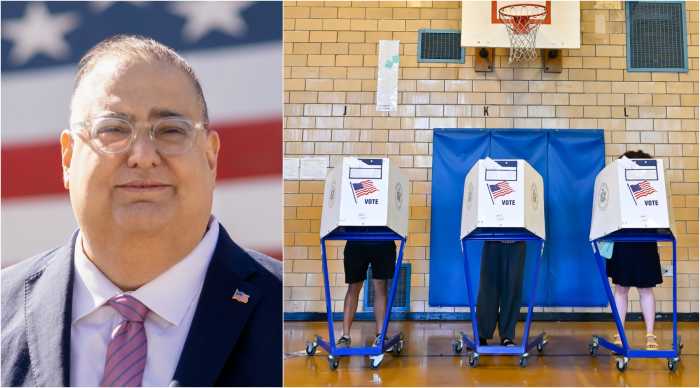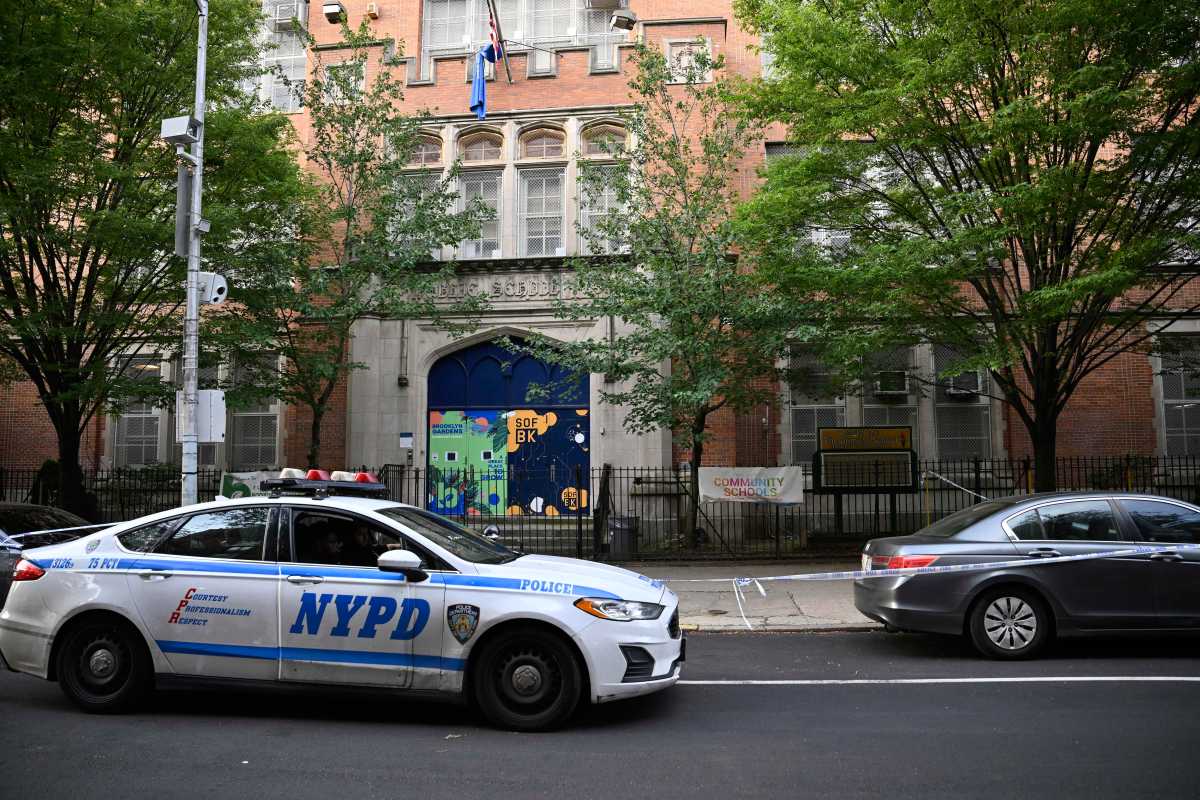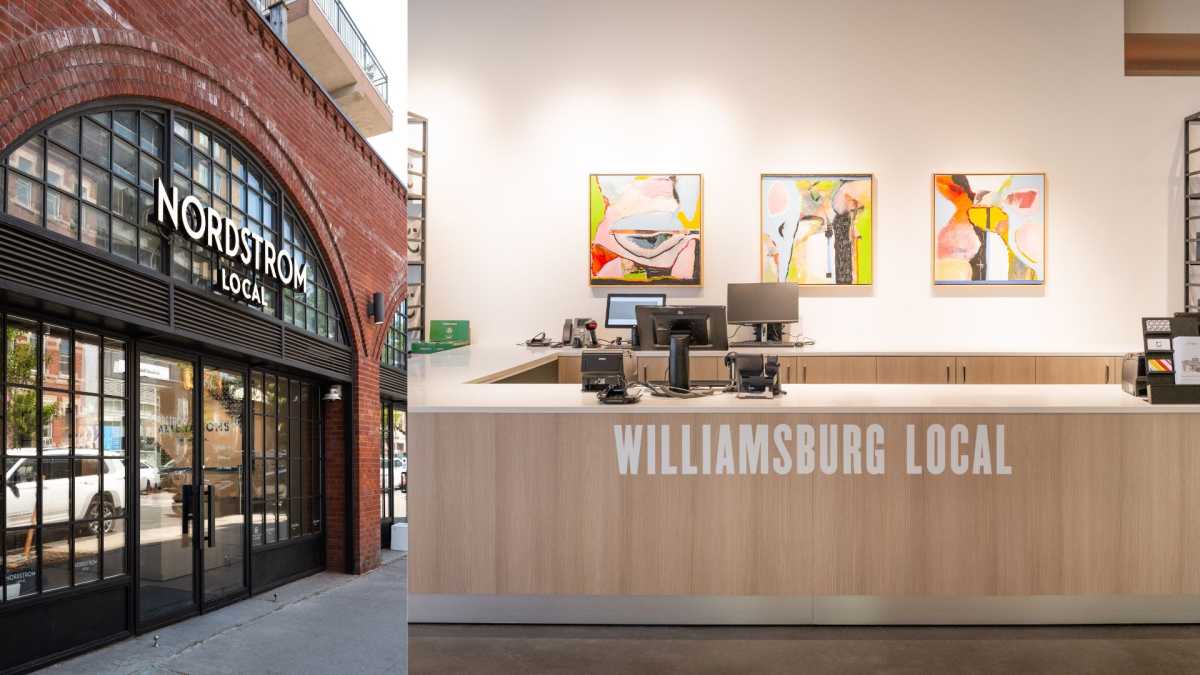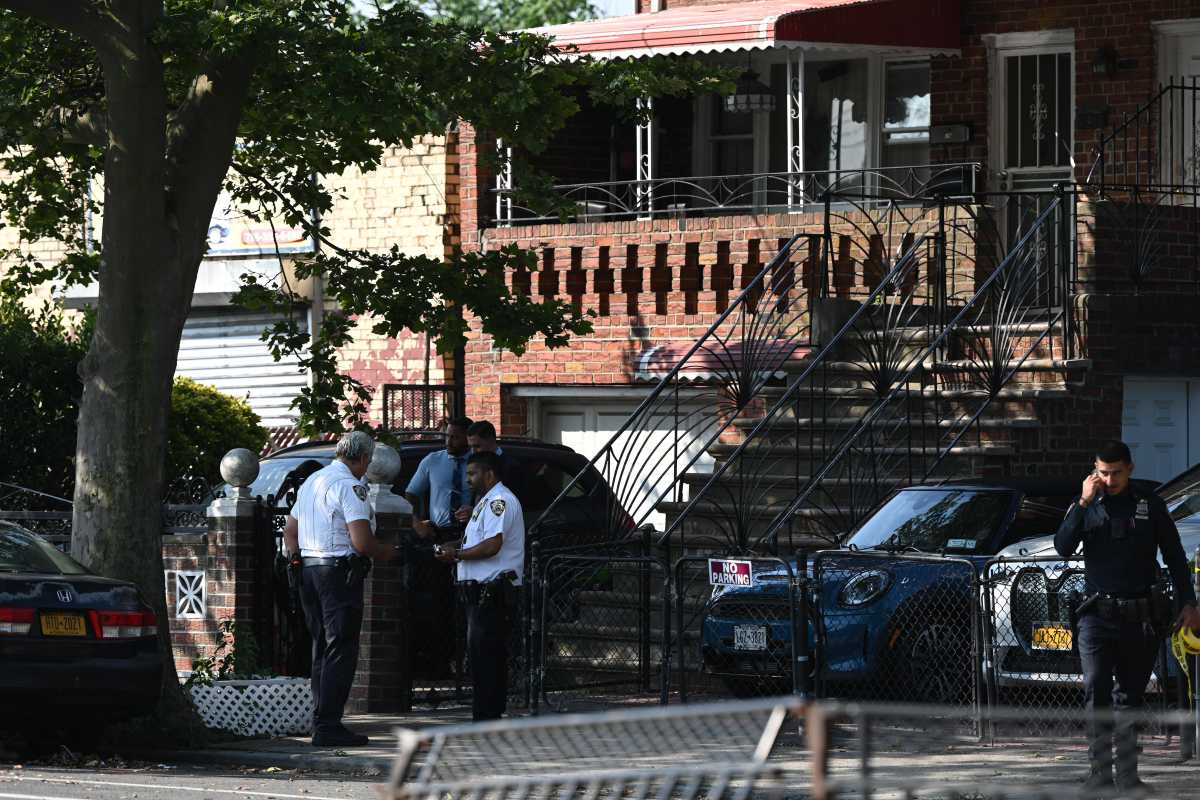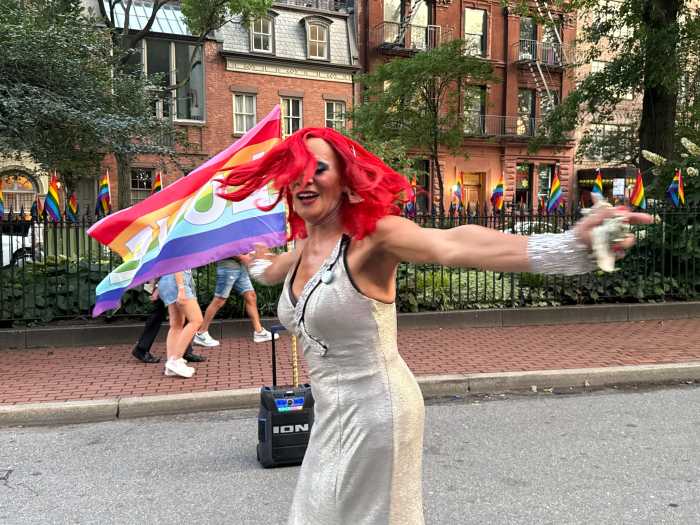The mayor got an earful from Coney Island residents demanding a local ferry stop and more affordable housing at a town hall on Aug. 24.
Coney Islanders hit the mayor hard on issues such as the lack of housing and local jobs, and inadequate schools and transportation. Many of the complaints boiled down to feeling that the neighborhood has been left behind by the city — economically, culturally, and educationally — according to one attendee.
“The careers are in Manhattan, that’s where the careers are, and we have to better connect to that,” said Daniel Ioannou, who asked the mayor one of the first questions — about expanding the city’s new ferry service to Coney Island. “The culture institutions for our children are in Manhattan, the gifted schools are in Manhattan.”
Daniel Ioannou, who runs the group Coney Islanders 4 Ferry, pressed the mayor on whether he would commission a new feasibility study to determine how best to extend the city’s ferry service to Coney Island, which Ioannou argued would improve local transportation and access to jobs and education. He said he was disappointed with the mayor’s lack of a plan of action when he said that the city will assess the ferry’s first year of service next summer before extending any routes.
“If ridership levels are strong, we will then start a formal assessment in [late] 2018 of additional routes,” DeBlasio said.
Ioannou said his simple request should not require so much time.
“I’m not asking for a ferry terminal to be built tomorrow, I’m asking for a new study,” he said. “It’s nothing crazy that we’re asking for. Ferry service is completely able to be attainable today, here in Coney Island.”
Ioannou said he created an online petition last month to bring the ferry service to Coney Island, and that it has already received nearly 1,600 signatures. He argues that the neighborhood needs the service due to its booming population.
“The biggest reason why we need a ferry in Coney Island is because our population is going to double in the next five years,” Ioannou said, citing the surge in residential development.
Another questioner complained that the boom in residential development wasn’t creating as much affordable housing as expected, and asked the mayor about increasing transparency in the housing sector, which she said is hobbled by developers who do not put aside enough units for the neighborhood’s low-income residents.
“I mentioned that the housing situation in Coney Island is disgraceful, because of the homeless and the unaffordability of housing with these new developments coming out,” said Victoria Lynch, a Coney Island resident.
Lynch said she wasn’t satisfied with the mayor’s response, because he simply referenced Housing Connect, a city service that facilitates applications for public housing, which she frequently hears her neighbors complain about. She said she wished he had spoken more directly about increasing accountability with developers.
“I already know of Housing Connect, he mentioned that’s the city number that you call, Housing Connect. But people call that and they don’t always get a response,” she said. “I wanted him to talk more about how he would hold developers accountable, that they would have apartments set aside for people with low incomes.”
Another resident complained to the mayor that he did not effectively manage Build it Back, a city-run post-Hurricane Sandy program meant to repair homes that were destroyed or damaged in Sandy. But the mayor responded by defending the work the program did for other New Yorkers and directed the question to the director of the program, which aggravated the questioner.
“I didn’t think he was going to give me an answer tonight, but he didn’t take accountability,” said Annette Fisher, a Coney Island resident who said she received $21,000 from the program after losing $50,000 to her storm-damaged three-story home. “I didn’t like this answer at all,” she said.
The mayor kicked off the town hall with a list of promises meant to address several of the neighborhood’s long-standing concerns.
DeBlasio promised to add 900 more school seats in the district, and said he had directed the Landmarks Preservation Commission to give the area’s iconic Boardwalk landmark status. Hizzoner also pledged to allocate $2 billion to resiliency measures in Coney Island and the surrounding area, which was devastated by Hurricane Sandy five years ago.
“I don’t want a Sandy to ever hurt this community again,” DeBlasio said.
He called Coney Island and its people “tough and resilient,” and said he sees the neighborhood as more than just a tourist destination.
“I honor the part of Coney Island that’s the everyday people who are so strong and resilient,” he said.
The mayor made sure to praise his host Councilman Mark Treyger (D–Coney Island) for his commitment to the area’s recovery after Hurricane Sandy, calling him “very focused.”
He also pointed out that students in Coney Island have a higher high school graduation rate than the city overall, and the number of children in Treyger’s district enrolled in the city’s pre-Kindergarten program tripled over the past four years.
But it was the mayor’s characterization of the city’s strong economy as a “five borough economy” that drew strong pushback from locals, who complained that the lack of local jobs and affordable housing was holding them and their neighborhood back.
Lynch said she did not regret coming to the event because she came to learn more about her neighbors’ concerns, as well as the mayor’s plans to tackle them, not only to sound off herself.
“I really wanted to see what he had to say and I wanted to hear what the people of Coney Island wanted to say. But I also wanted to have my input,” she said. “I wanted to be engaged.“


